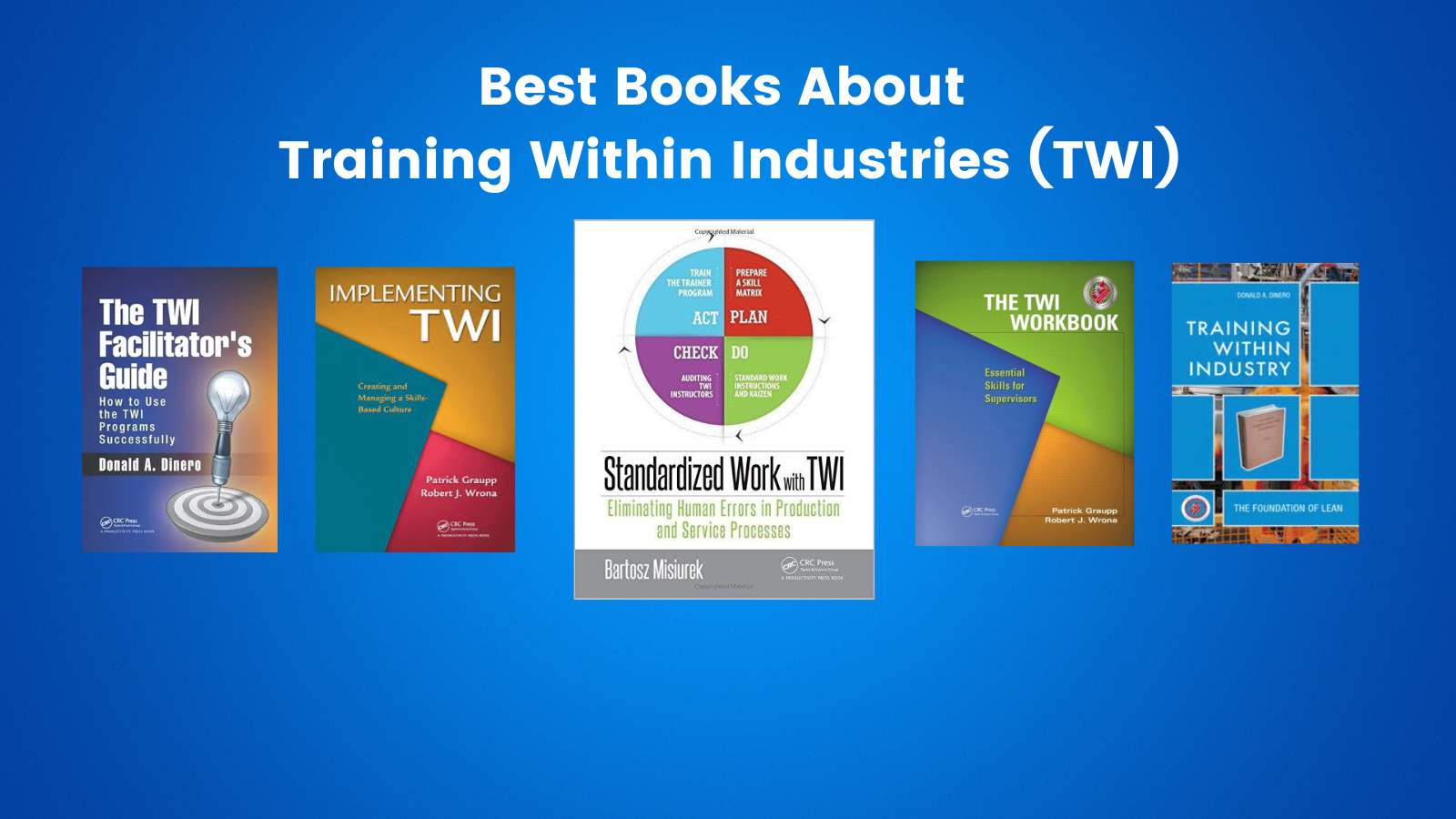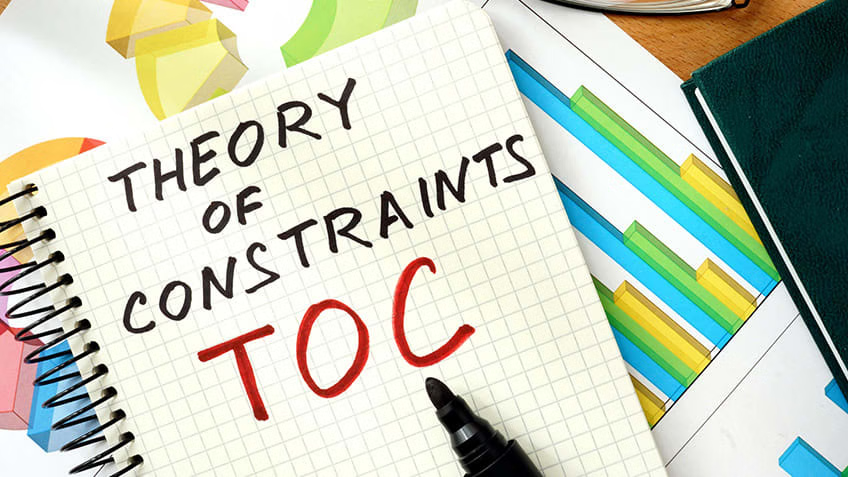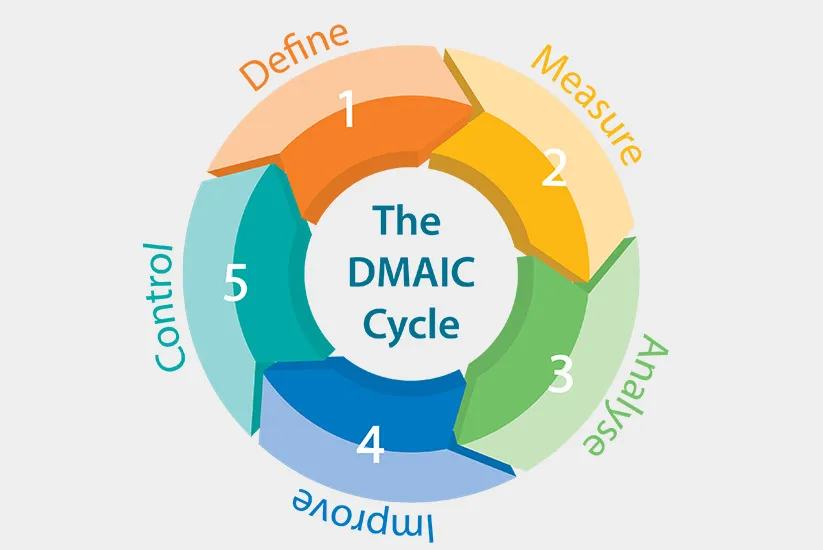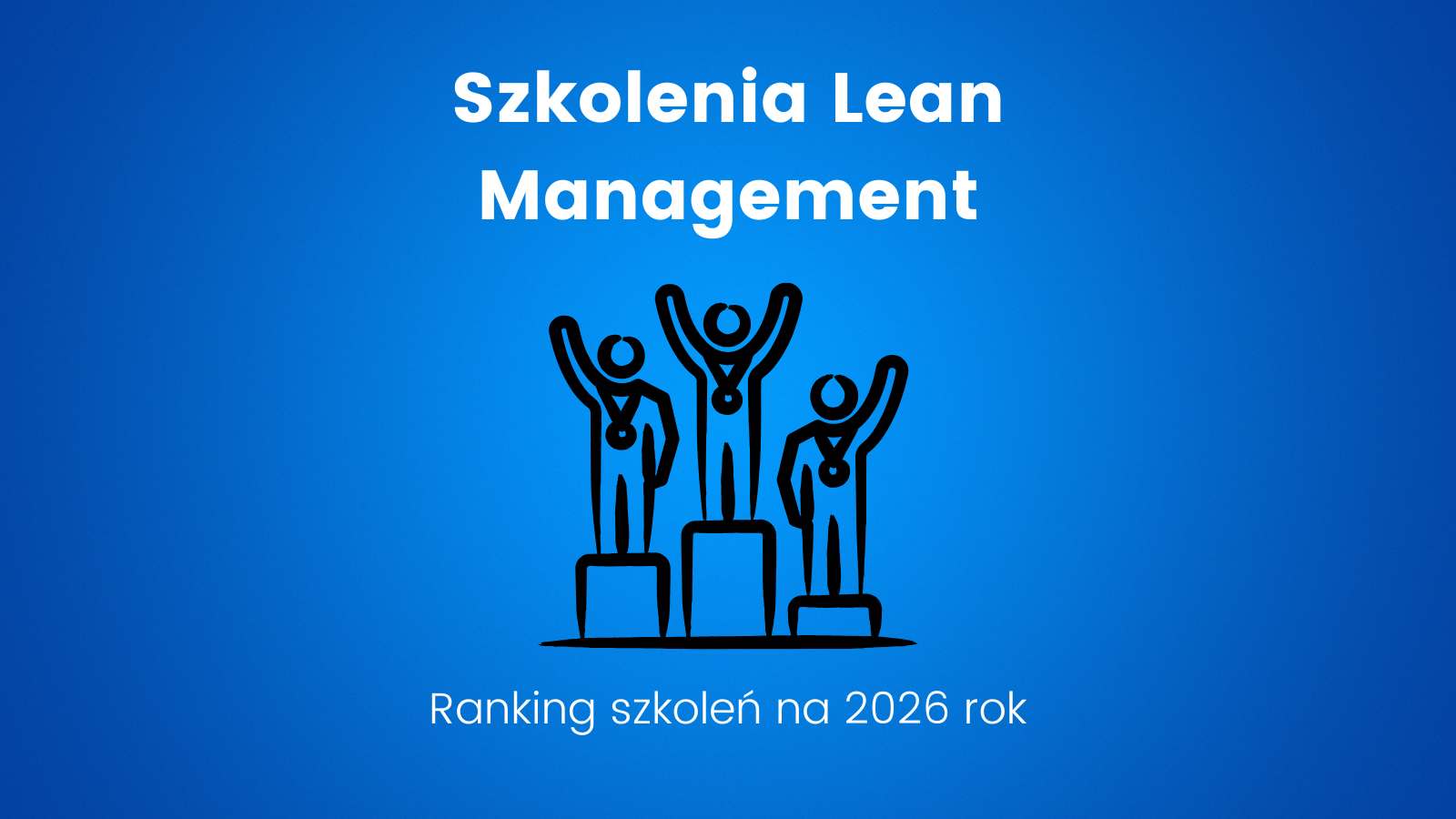Cost cutting is one of the most common management responses to financial pressure. When profits shrink, markets tighten, or investors demand better returns, leadership teams often launch initiatives to “trim the fat” and improve efficiency. Yet, paradoxically, cost-cutting often increases costs — not immediately, but over time, as the unintended consequences of short-term actions accumulate.
This article explores why conventional cost-cutting strategies frequently fail to deliver sustainable savings and how organizations can adopt a more strategic, system-wide approach that achieves both short-term efficiency and long-term value.
Table of Contents
ToggleWhy Cost Cutting Often Increases Costs
At first glance, cost cutting seems straightforward. Reduce expenditure, eliminate redundancies, and your profitability should improve. However, organizations are complex systems — and when you remove resources, you also remove capabilities, resilience, and sometimes the very things that enable future performance.
Across industries and sectors, evidence shows that aggressive cost-reduction programs frequently backfire. The savings on paper don’t always translate into real bottom-line improvement. Let’s look at why this happens.
Reductions in Quality Lead to Long-Term Financial Damage
One of the most immediate consequences of cost cutting is a decline in quality. When budgets are reduced, quality control processes, maintenance routines, or supplier standards often take a hit.
Initially, this may seem harmless — after all, a 5% reduction in material costs or fewer inspection cycles might not produce immediate defects. But over time, the consequences compound:
-
Increased defect rates and warranty claims erode profits.
-
Customer dissatisfaction grows as service levels decline.
-
Brand reputation suffers, leading to lost future sales.
In manufacturing, for example, using cheaper components may save a few dollars per unit, but warranty costs, returns, and reputation damage can multiply those “savings” many times over. In service industries, trimming frontline staff or training budgets can similarly degrade customer experience, leading to attrition and churn that cost far more than the original savings.
Reduced Capacity and Capability Lead to Missed Opportunities
Another frequent result of cost cutting is the loss of capacity and capability — the ability to serve customers effectively and respond to demand.
Organizations that reduce headcount, close facilities, or limit production often discover too late that they’ve also reduced flexibility. When demand rebounds, or when new opportunities arise, they lack the capability to respond quickly.
This can result in:
-
Delays that frustrate customers and push them toward competitors.
-
Overtime costs or expedited shipping fees as teams scramble to recover.
-
Operational bottlenecks that reduce overall efficiency.
In essence, short-term cuts can weaken the very engine that generates value. A company might achieve a one-time reduction in expenditure but lose millions in missed revenue opportunities.
Employee Churn and Loss of Knowledge Increase Hidden Costs
People are at the heart of any system. When cost-cutting initiatives target personnel — through layoffs, hiring freezes, or reduced training — the organization pays a hidden price: loss of knowledge, capability, and culture.
High employee turnover not only increases recruitment and training costs but also destroys the informal networks and tacit know-how that keep work flowing smoothly.
Consider these ripple effects:
-
Productivity declines as new hires take time to reach full effectiveness.
-
Morale and engagement fall, reducing innovation and collaboration.
-
The organization becomes less adaptable — precisely when agility is most needed.
In knowledge-intensive industries, these losses can be catastrophic. A team that loses experienced engineers, developers, or analysts may take years to rebuild its effectiveness.
Innovation and Growth Are the First Casualties of Cost Cutting
When organizations focus narrowly on immediate savings, innovation and growth initiatives are often first to go. Research and development budgets shrink, experimental projects are paused, and long-term investments are deferred.
This creates a vicious cycle:
-
Reduced investment leads to fewer new products or improvements.
-
The organization becomes less competitive over time.
-
Revenues stagnate, prompting yet another round of cost cutting.
Companies that fail to innovate risk being outpaced by more forward-looking competitors. In contrast, firms that sustain investment in innovation — even during downturns — often emerge stronger.
Toyota, for example, maintained continuous improvement programs during periods of global economic slowdown, ensuring it retained both capability and competitive edge when markets recovered.
Supply Chain Risks Increase When Chasing Cheaper Options
A subtler but equally dangerous effect of cost cutting is the reduction in supply chain resilience. When organizations switch to lower-cost suppliers or reduce inventory buffers to save money, they may inadvertently increase risk exposure.
Cheaper suppliers can be less reliable, less compliant, or more vulnerable to disruption. The short-term savings from reduced procurement costs can vanish overnight when a supplier fails to deliver or a quality issue escalates into a recall.
Moreover, just-in-time inventory systems — efficient in stable conditions — can amplify disruption when shocks occur. The COVID-19 pandemic exposed how fragile many supply chains had become after years of aggressive cost optimization.
Reputation Damage and Loss of Trust Compound Financial Impacts
Cost-cutting decisions that affect quality, service, or ethics rarely go unnoticed. Customers, employees, and partners talk, and reputational damage can spread quickly in the digital age.
Organizations that appear to compromise on values or quality in pursuit of savings risk losing trust — a far more valuable asset than any short-term cost reduction. Restoring a damaged reputation can take years and millions in marketing, communications, and recovery efforts.
The Localized Nature of Cost Cutting: When Departments Act in Isolation
Another fundamental flaw in traditional cost cutting is its localised nature. Departments, teams, or business units are often tasked with reducing their own costs independently, without considering the broader system impact.
This creates a zero-sum game:
-
A department cuts a support function, which increases workload elsewhere.
-
Procurement negotiates lower prices, but quality or lead times worsen.
-
IT delays system upgrades, leading to inefficiencies across other functions.
Each local optimization may look good in isolation, but the systemic outcome is often worse. Costs are not eliminated — they are merely transferred, hidden, or deferred.
As W. Edwards Deming famously observed, optimizing individual components rarely optimizes the system. True efficiency comes from understanding how work flows end-to-end and improving the system as a whole.
A Strategic, System-Wide Approach to Cost Reduction
If traditional cost cutting creates more problems than it solves, what’s the alternative? The answer lies in strategic, system-wide improvement — aligning cost management with value creation.
Rather than focusing narrowly on budget lines, effective organizations focus on eliminating non–value-adding activities while preserving (and even enhancing) capability, quality, and innovation.
Take a Joined-Up View of the Whole System
The first step toward sustainable cost management is adopting a systems thinking mindset. Every organization is a network of interdependent processes, people, and resources. Decisions in one area inevitably affect others.
By mapping the flow of value from customer request to delivery, leaders can identify waste, delays, and friction that drive unnecessary costs. This approach shifts the conversation from “where can we cut?” to “how can we improve flow and effectiveness?”
For example:
-
Instead of cutting customer service staff, analyze why they receive so many repeat inquiries — and improve upstream processes.
-
Instead of reducing maintenance budgets, invest in predictive maintenance to prevent costly downtime.
-
Instead of slashing supplier diversity, collaborate to improve mutual efficiency and resilience.
This systemic perspective enables smarter, context-aware decisions that balance short-term savings with long-term performance.
Focus on Non–Value-Adding Activities, Not Just Cost Lines
A common misconception is that cost reduction must come from budget cuts. In reality, many savings come from eliminating waste — activities that consume resources but add no value to the customer.
Lean and continuous improvement methodologies provide powerful tools for identifying and removing such waste. Examples include:
-
Overproduction, excessive handoffs, and unnecessary approvals.
-
Rework due to errors or unclear requirements.
-
Waiting time caused by poor coordination or resource scheduling.
By focusing on effectiveness and efficiency, organizations often find that costs decrease naturally as a by-product of better performance — without sacrificing capability or quality.
Look for Unintended Consequences
Even the best-designed initiatives can produce unexpected side effects. That’s why successful leaders make a habit of testing assumptions, measuring impact, and learning continuously.
Before implementing cost-reduction measures, ask:
-
What second- and third-order effects might this change produce?
-
Who else in the system might be affected, directly or indirectly?
-
How will we know if the savings are real — and sustainable?
This reflective approach transforms cost management from a reactive exercise into a learning process — one that strengthens the organization over time rather than weakening it.
Case Studies: When Cost Cutting Backfired — and When It Worked
The Airline Industry: Penny Wise, Pound Foolish
Several airlines in the early 2000s cut maintenance and training budgets to save money. The result was a series of operational failures, increased delays, and safety concerns that eroded brand trust and required costly recovery programs.
The Automotive Sector: Lean Done Right
By contrast, Toyota’s approach to lean cost management focused on improving processes, not just reducing expenditure. Through continuous improvement, the company reduced waste while simultaneously enhancing quality and capability, proving that efficiency and excellence can coexist.
Technology Firms: Innovation as a Cost Lever
Some tech companies have discovered that investing in automation and AI can reduce costs sustainably — but only when done strategically, not reactively. Automating broken processes simply scales inefficiency. Automating improved processes, however, amplifies value creation.
The Human Element: What AI Can’t Yet Replicate
Artificial intelligence can model scenarios, analyze cost structures, and even predict risk — but it can’t replace experience and judgment. Leaders who have lived through the consequences of poor cost-cutting decisions understand the subtle trade-offs involved.
AI may provide data; human insight provides wisdom. The combination of both offers the best path forward: data-informed, experience-guided decision-making that balances financial discipline with organizational health.
From Cost Cutting to Value Creation
The ultimate goal is not simply to reduce cost — it’s to increase value. When organizations understand this distinction, they stop chasing savings in isolation and start improving systems holistically.
By aligning cost management with customer value, they achieve what every executive wants but few attain: short-term results that strengthen long-term competitiveness.
This shift requires courage, collaboration, and systems thinking — but the payoff is enduring resilience and profitability.
Conclusion: The Paradox of Cost Cutting
In the end, cost cutting increases costs when it’s done reactively, locally, or without understanding system-wide impacts. True efficiency emerges not from slicing budgets, but from improving how value flows through the organization.
A more strategic approach to cost reduction — one grounded in systems thinking, continuous improvement, and human insight — enables organizations to achieve sustainable savings while enhancing capability, quality, and innovation.
If you’re ready to explore how to move from short-term cuts to long-term value creation, now is the time to take that step.

Harvey Leach is passionate about helping organizations acquire the knowledge, skill, and culture they need to achieve Operational Excellence. Following a successful career in the automotive industry with Rover and BMW Group, where he worked in a variety of roles covering R&D, production and corporate strategy, Harvey has worked as a consultant, trainer, and coach since 2004. He delights in seeing teams “come alive” as they discover how they can apply the same principles that underpin some of the world’s leading companies to their organization to achieve impressive improvements in performance and more fulfilling lives.






